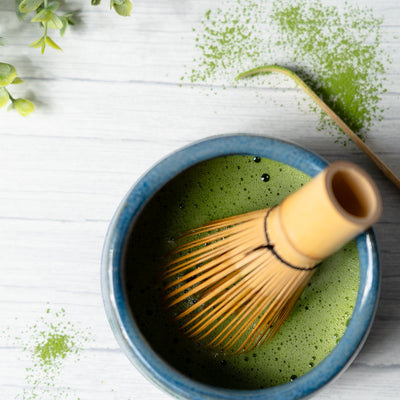What is Saw Palmetto?
Saw palmetto, scientifically known as Serenoa repens, is a type of palm native to the southeastern United States. This small, low-growing palm is distinguished by its dense clusters of serrated, fan-shaped leaves and its dark red berries, which are highly valued for their medicinal properties. Traditionally used by Native American tribes for food and medicine, saw palmetto has gained significant attention in the modern health community due to its potential benefits for urinary and hormonal health, particularly in men.
The plant thrives in the sandy coastal lands and pine forests, making it a common sight in its native regions. The extract from the berries of saw palmetto is most commonly used in supplements. These extracts are rich in fatty acids and phytosterols, which are thought to be the active components contributing to its health benefits. Over the years, saw palmetto has been extensively studied, and while more research is needed to fully understand its mechanisms, it continues to be a popular herbal remedy for a variety of conditions.


















